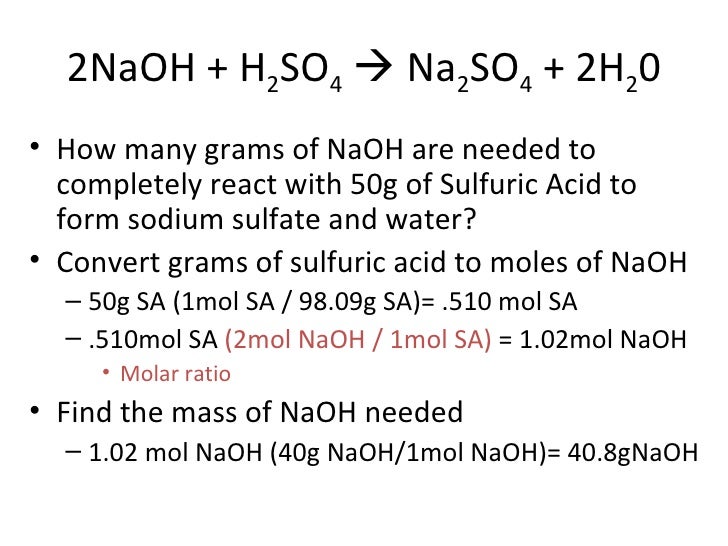

Oxidation involves a loss of electrons, whereas reduction involves a gain of electrons. Oxidation-reduction reactions constitute another important class of chemical reactions. The most common base is the hydroxide ion (OH−), which reacts with an H+ ion to form a water molecule. Bases, on the other hand, are proton acceptors.

The most common acids are aqueous solutions of HCl (hydrochloric acid), H2SO4 (sulfuric acid), HNO3 (nitric acid), and H3PO4 (phosphoric acid). Thus, acids are defined as proton donors. For example, acids are compounds that produce H+ ions (protons) when dissolved in water to produce aqueous solutions. Examples are water, which contains H2O molecules methane, which contains CH4 molecules and hydrogen fluoride, which contains HF molecules.ĭo you get fired up about physics? Giddy about geology? Sort out science fact from fiction with these questions.Ī third classification scheme is based on reactivity-specifically, the types of chemical reactions that the compounds are likely to undergo. Molecular compounds contain discrete molecules, which are held together by sharing electrons ( covalent bonding). Common salt (sodium chloride) is one of the best-known ionic compounds. Ionic compounds contain ions and are held together by the attractive forces among the oppositely charged ions. An atom of sodium (Na) donates one of its electrons to an atom of chlorine (Cl) in a chemical reaction, and the resulting positive ion (Na+) and negative ion (Cl−) form a stable ionic compound (sodium chloride common table salt) based on this ionic bond.Encyclopædia Britannica, Inc.Īnother classification scheme for chemical compounds is based on the types of bonds that the compound contains. Ionic bond: sodium chloride, or table salt As the name suggests, organometallic compounds are organic compounds bonded to metal atoms. Organic compounds are characterized as those compounds with a backbone of carbon atoms, and all the remaining compounds are classified as inorganic. For example, oxides contain one or more oxygen atoms, hydrides contain one or more hydrogen atoms, and halides contain one or more halogen (Group 17) atoms. One common method is based on the specific elements present. Chemical compounds may be classified according to several different criteria.


 0 kommentar(er)
0 kommentar(er)
